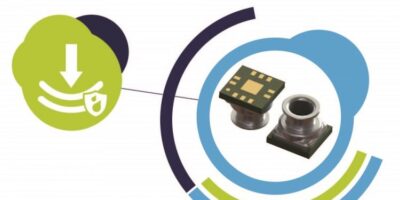TDK claims that its FS1406 uPOL point of load (PoL) DC/DC converter is the smallest available. It is scalable and configurable, with multi-time programmable memory.
It is designed for big data, machine learning, artificial intelligence (AI), 5G cells, IoT and computing enterprise applications.
While conventional DC/DC converters use side by side discrete integrated circuit (IC) and discrete inductor (L) the FS series integrates the IC and inductor in a compact 3.3 x 3.3 x 1.5mm package. It is particularly suitable for space-constrained applications requiring a low-profile power source, adds TDK.
The DC/DC converter minimises the external components required and its simplified design eases integration. The FS series can deliver a high density solution of 1W per mm3, while reducing size by 50 per cent, compared with other products available in its class, says TDK. This minimises system solution cost, reduces board size and assembly costs, as well as bill of materials and PCB costs. The DC/DC converter operates at a broad junction temperature range, from -40 to +125 degrees C.
uPOL products were developed by TDK’s Faraday Semi company. They combine high-performance semiconductors in advanced packaging technologies such as semiconductor embedded in substrate (SESUB) and advanced electronic components to achieve system integration in a smaller size and lower profile by 3D integration. This integration allows TDK to deliver higher efficiency and ease of use at a lower total system cost to what is currently available today.
μPOL technology includes a DC/DC converter placed in the vicinity of complex chipsets such as ASICs, FPGAs. It is by minimising the distance between the converter and the chipset, that the resistance and the inductance components are minimised, allowing fast response and accurate regulation with dynamic load currents.
The product family is rated for industrial application, is lead free and is RoHS- compliant.
Mass production of FS1406 is expected to begin in Q3 2019.






